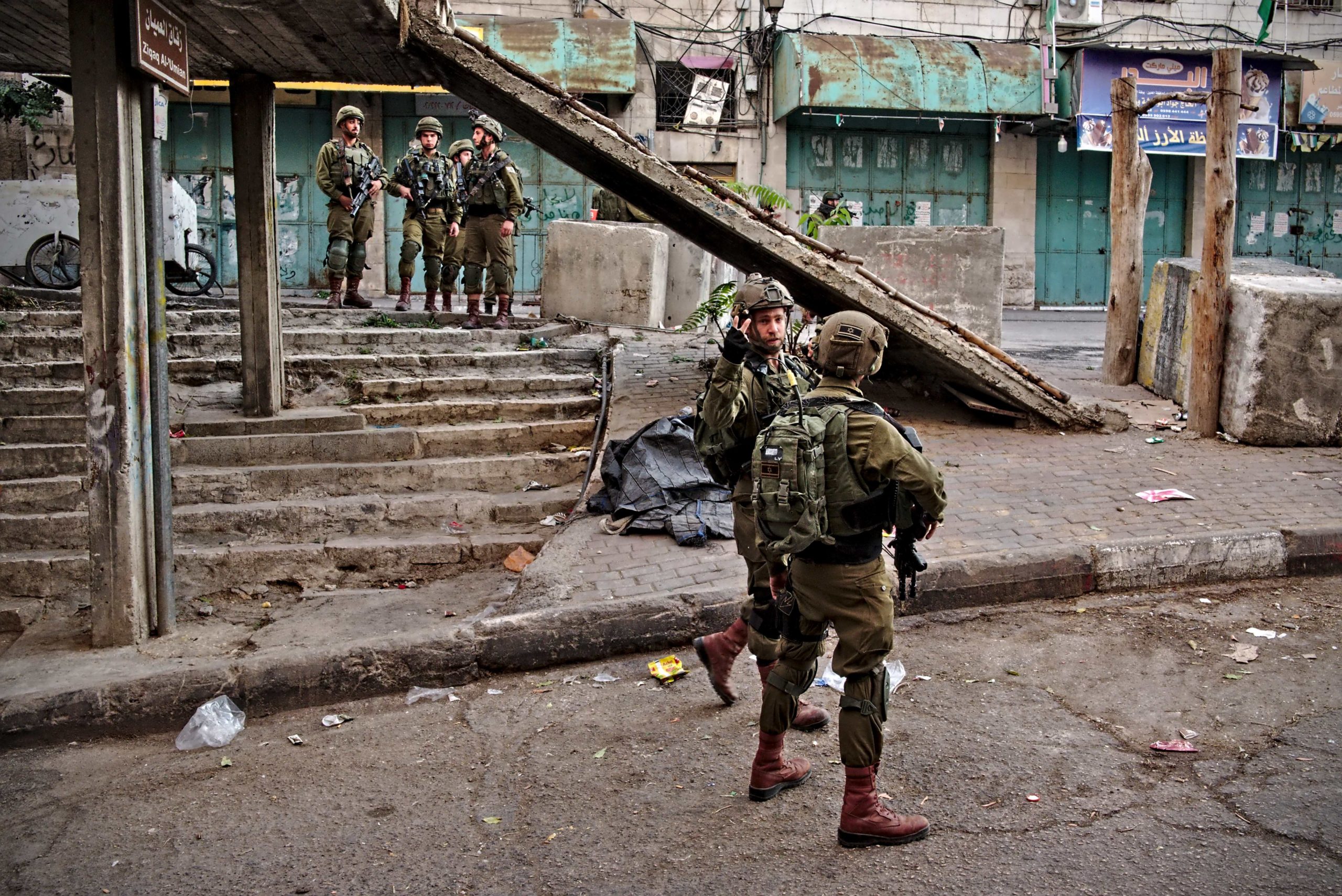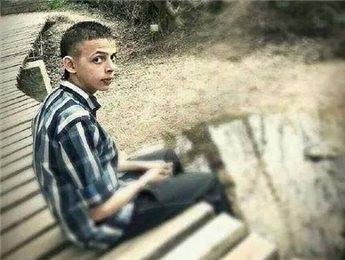Tag: Illegal occupation
-

About the legitimisation of the Palestinian oppression in Al Khalil (Hebron)
Personal reflections of a ISM activist about the settlers’ violence and its related impunity in Al Khalil, West Bank. To which extent these people are allowed by the Israeli soldiers to transform a Palestinian city into their own amusement-park?
-

Palestinian protestors march to the apartheid wall to confront Israeli occupation in Nil’in
23/03/2018 International Solidarity Movement, Occupied Palestine This Friday afternoon Palestinians gathered in the olive groves in the West Bank town of Nil’in before marching to the apartheid wall to confront the Israeli occupation. At dawn on the 23rd of May 2004 a Palestinian farmer walked towards his fields in Nil’in but was met with the…
-

Remembering Mohammed Abu Khdeir two years after his brutal murder
2nd July 2016 | International Solidarity Movement, al-Khalil team | Occupied Palestine Today marks the two year anniversary of the brutal kidnap, torture and eventual murder of 16-year-old Palestinian Mohammed Abu Khdeir. The teenager was kidnapped in the Shufat neighbourhood of occupied Jerusalem by Ben David of the illegal settlement Geva Binyamin and two assailants…
